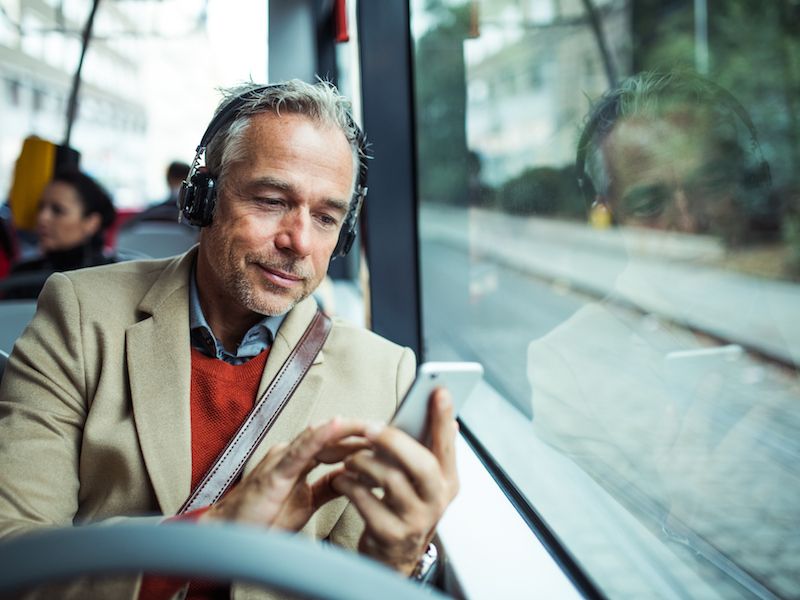
Traditionally, hearing loss is thought of as an issue only effecting older people – as a matter of fact, it’s estimated that nearly 50% of individuals who have loss of hearing are 75 or older. And even though it’s frequently totally preventable, new research reveals a shocking number of younger people are losing their hearing.
A study of 479 freshmen from three high schools conducted by The National Foundation for the Deaf and Hard of Hearing found that there were indications of hearing loss in 34% of them. Why is this happening? It’s assumed that it may be the result of earbuds and headphones connected to mobile devices. And the young are not the only ones at risk.
What is The Cause of Hearing Loss in People Under 60?
There’s an easy rule concerning earbud volume for teenagers and everyone else – the volume is too high if others can hear your music. Damage to your hearing can occur when you listen to sounds above 85 decibels – similar to the volume of a vacuum cleaner – over a long time period. A typical mobile device with the volume cranked up all the way registers at about 106 decibels. In this circumstance, injury begins to occur in under 4 minutes.
While you would think that this stuff would be common sense, the reality is kids spend upwards of two hours every day using their devices, commonly with their earphones or earbuds connected. During this time they’re watching videos, listening to music, or playing games. And this time is getting longer each year according to current research. Studies show that smartphones and other screens trigger dopamine production in younger kids’ brains, which is exactly what addictive drugs do. It will be more and more challenging to get screens away from kids, and their hearing could suffer as a result.
The Challenges of Hearing Loss in Young People
Obviously, hearing loss offers several difficulties to anyone, no matter what the age. Young people, though, have to deal with additional issues pertaining to job prospects, after school sports, or even academics. The student is disadvantaged if they have a hard time hearing and comprehending concepts in class because of early loss of hearing. And since sports require a lot of listening to teammates and coaches calling plays, sports become much more challenging. Early hearing loss can have a detrimental effect on confidence as well, which puts needless roadblocks in the way of teenagers and young adults who are joining the workforce.
Social troubles can also persist due to loss of hearing. Children with damaged hearing have a harder time socializing with friends, which frequently leads to emotional and social struggles that require therapy. People who have hearing loss can feel isolated and have anxiety and depression inevitably resulting in mental health concerns. Mental health treatment and hearing loss management often go hand in hand, especially during the important formative stages experienced by kids and teenagers.
Avoiding Hearing Loss
The first rule to adhere to is the 60/60 rule – devices and earbuds should only be used for 1 hour a day at 60% or less of the maximum volume. If your children listen to headphones at 60% and you can still hear the music while sitting close to them, you should tell them to turn it down until you can no longer hear it.
You may also want to get rid of the earbuds and go with the older style over-the-ear headphones. Traditional headphones can produce almost 10% less decibels compared to in-ear models.
Generally, though, do what you can to minimize your exposure to loud noises throughout the day. You can’t control everything, so try and make the time you’re listening to music free of headphones. And, you should see us immediately if you suspect you’re already suffering from hearing loss.